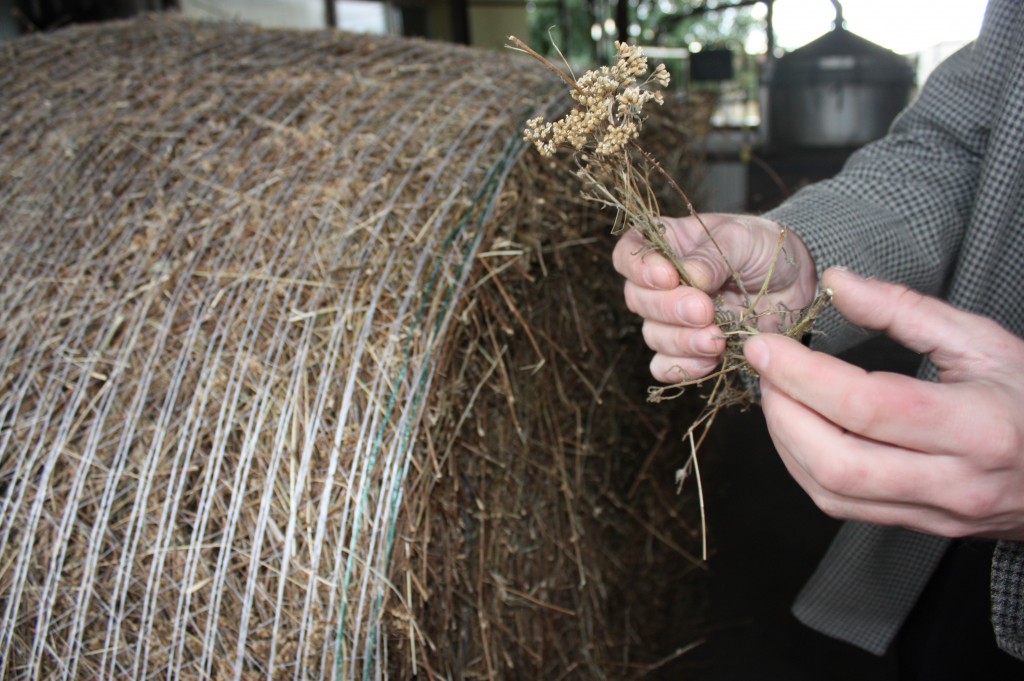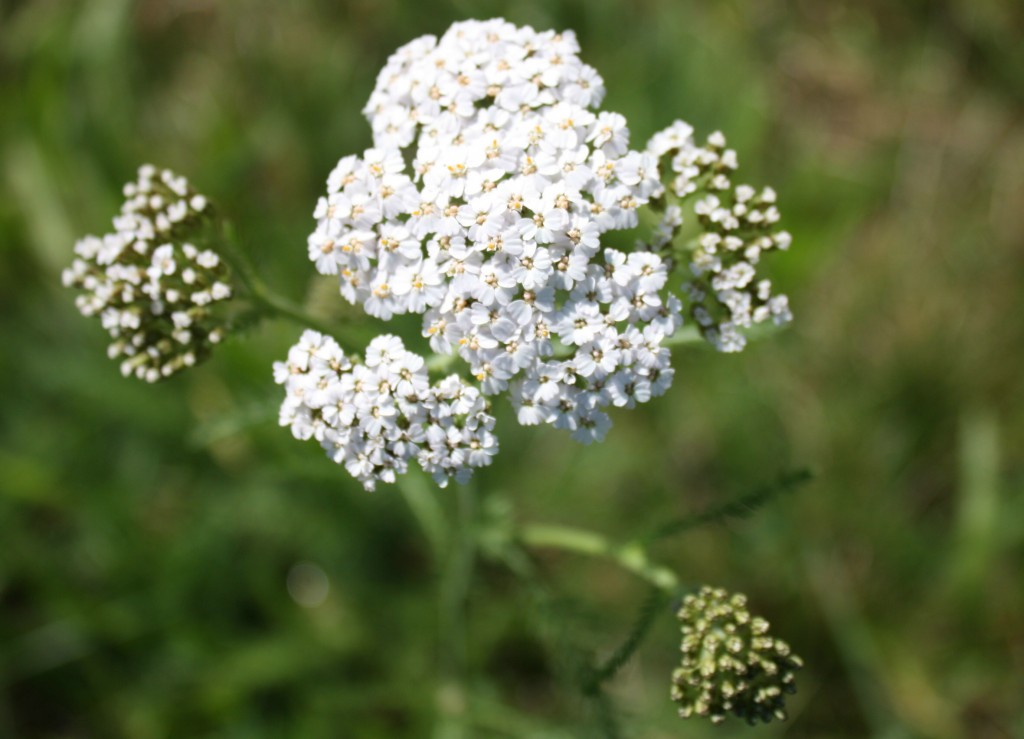In Mid September I flew out to Central and Eastern Europe to meet with medicinal plant producers, and to learn more about the botanical wealth of Austria, Hungary and Bulgaria.
For 2 and 1/2 weeks it’s been a fantastic, educational, illuminating and inspirational trip, and dear friends in each of these 3 countries rolled out the red carpet for me:
Thank you beautiful, noble, grand people, I do appreciate your hospitality so much.
One of the most popular medicinal plant in Central and Eastern Europe, the one that everybody mentions, that I saw everywhere, and that everyone’s grandma swears by, and that seems to have legions of fans in the entire region:
Allow me to introduce you to Achillea millefolium, commonly called Yarrow, and flowers are the parts typically used.
She thrives in rich, moist, sunny meadows, and is one among many summer flowering plants in the green fields. She might be a humble beauty, but rub a fresh flower between your fingers to release the various potent volatile oils, and you know, there’s a lot more to her than just being wispy and lacy in white, pink or yellow; instead she can pack a punch.
Her sweat inducing, diaphoretic actions make her a prime candidate for influenza tea blends. Elder Flowers, Linden flowers, Peppermint, Boneset, and Ginger are just some of the many options to mix Yarrow flowers with in a cold fighting tea blend.
Yarrow flowers taste very bitter, and these bitters are the reason why this plant is used as a digestive aid, as they stimulate bile. As a urinary antiseptic Yarrow is valued for cystitis. It is employed for strengthening blood vessels: commercial treatments for hemorrhoids, thrombosis and varicose veins often contain Yarrow.
Historic herbals also mention Yarrow for chronic diarrhea, to curb profuse menstruation and other hemorrhaging, for intestinal irritation, tonsillitis, and to stimulate appetite.
Internally it is best used as a tea herb. Because of the bitter flavor use sparingly and do not let steep for longer than 5 minutes. The tea is best drunk hot. An alcoholic extract, called tincture, will do when you don’t have the tea herb available.
Externally Yarrow flowers can be employed in the form of essential oil, which has an azure blue color due to the high Chamazulene content, and is used in skin care preparations for it’s anti-inflammatory qualities.

Baled Yarrow flowers for essential oil production in Hungary
Yarrow naturalized in the northern hemisphere, and is an easy to grow, full sun perennial plant for the herb garden.



Uta Bauer
Das Vergnügen war ganz auf unserer Seite!
Ich denke viel an Dich!
Elvira
Danke, liebe Freundin!